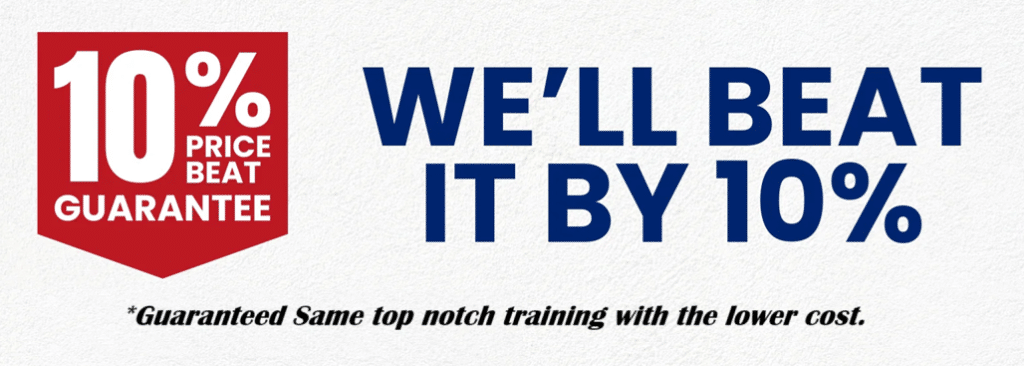Workers who need to exercise judgement to sling loads or who direct crane movement from outside the crane operator’s full view (such as with whistle signals or radio)
Dogging consists of two main aspects:
Simply put, someone who engages in dogging is called a Dogger.
Upon successful completion of this course, you will meet all the criteria for obtaining a national High Risk Work Licence (Class C2) for slewing mobile cranes with a maximum lifting capacity of up to 20 tonnes. This license will authorize you to operate various types of cranes within Australia, including mobile cranes (up to 20t), non-slewing cranes (such as telehandlers or Franna cranes), vehicle loading cranes (such as Hiab’s and Palfinger’s), and reach stackers.
NOTE: Course price is based on Crane provided for course. Further fees will be applied if FHV need to provide a crane.
Course Outcomes
This comprehensive course covers a range of crucial aspects related to operating a slewing mobile crane (up to 20t capacity). Participants will acquire the following skills and knowledge:
1. Accurate recording and maintenance of information pertinent to crane operations.
2. Communication techniques in the workplace, encompassing whistles, hand signals, and the use of two-way radios.
3. Interpersonal communication skills to effectively interact with other site personnel.
4. Loading data into the crane computer (if fitted) and ensuring accurate reflection of the crane configuration.
5. Operational proficiency of a slewing mobile crane for lifting and moving loads within the safe working rated capacity, in collaboration with other personnel.
6. Risk assessment and implementation of hazard control strategies, including the hierarchy of control, with specific attention to risks associated with overhead powerlines/electrical cables, wind, erection, pack up, and crane stability.
7. Use and interpretation of crane manufacturer’s specifications and data, including load charts, for configuring the crane based on the load.
8. Identifying and addressing problems and equipment faults, demonstrating appropriate response procedures.
9. Application of appropriate mathematical procedures for estimating and measuring loads.
10. Familiarity with Commonwealth, State, or Territory WHS legislation, standards, and codes of practice relevant to the specific crane class.
11. Literacy skills to read and comprehend manufacturer’s instructions, procedures, and safety signs.
12. Understanding mobile slewing crane characteristics and capabilities to configure the crane for various loads.
13. Mobile slewing crane operating techniques.
14. Awareness of the hierarchy of hazard identification and control.
15. Adherence to organizational and workplace standards, requirements, policies, and procedures for conducting crane operations.
16. Knowledge of procedures for recording, reporting, and maintaining workplace records and information.
17. Understanding rated capacity and working load limits, including the use of crane load charts.
18. Addressing typical routine problems encountered in the process and with equipment, and making necessary adjustments for correction.

There are currently no openings available for this course.
FHV is an accredited NSW Roads & High-Risk Training Provider of Heavy Vehicle and Plant Machinery training & licensing.